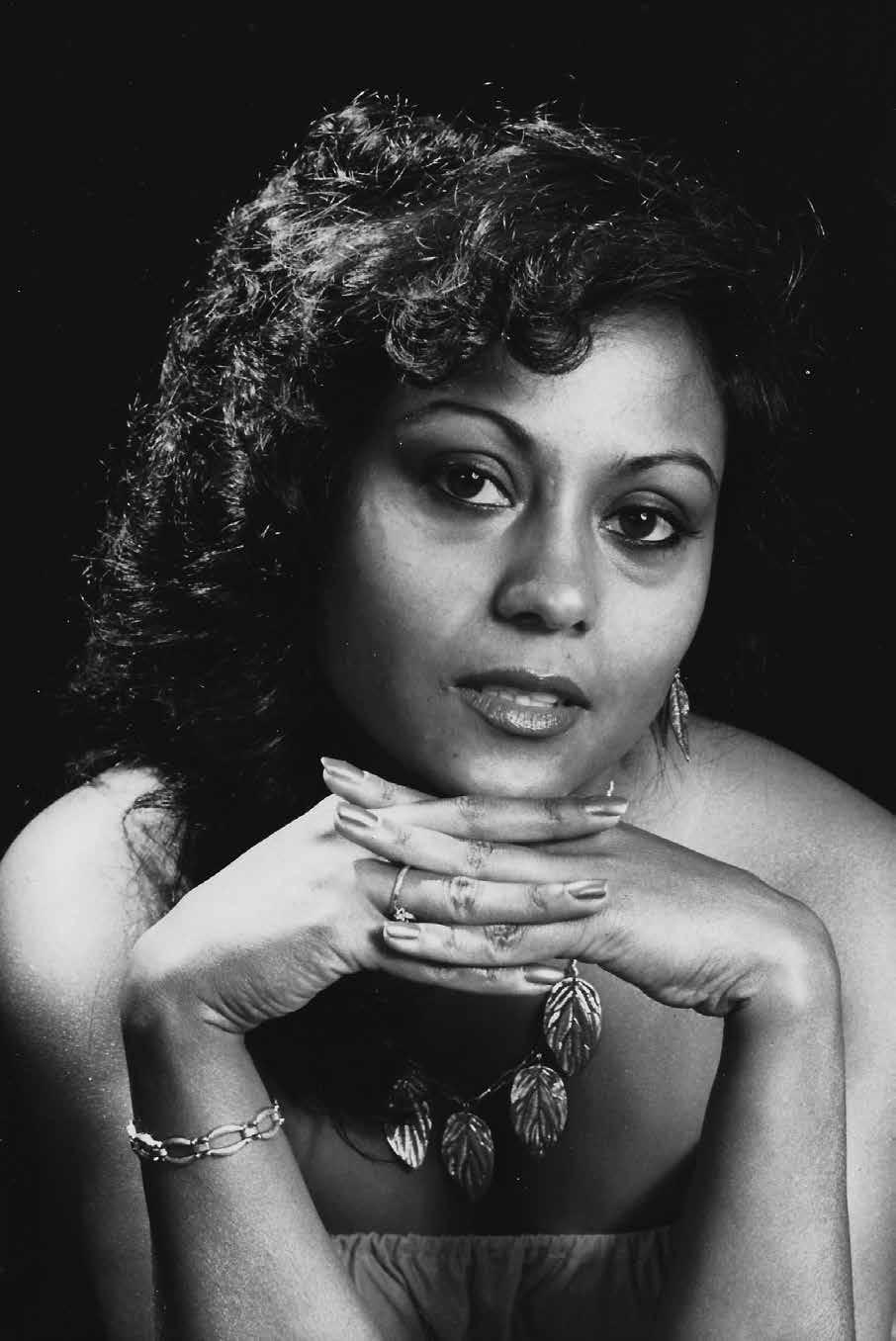3 minute read
2. The Part-Time Glory Makers
from Stars Next Door
Next Article
The Part-Time Glory Makers
What was it about the Kenyan coastal capital that produced the largest number of male and female track athletes, among them the greatest Goan athlete of all time: the 1962 Commonwealth Games double sprint gold medalist Seraphino Antao? There has never been a Goan or East African sprinter of his ilk again.
Was it the sea air, the fresh fish curry and rice (the Goan national staple diet), an abundant array of fruit, fresh young delicious coconuts that continue to live in the memory of those who tasted them, was it the club: the Mombasa Goan Institute, was it the girls and boys Goan schools, was it the soft beach sands of Mombasa, or was it the genius of coach Ray Batchelor that was responsible for as many as five or six stunning male sprinters (Albert Castanha, Joe Faria, Jack Fernandes, Antao, Pascal) who molded into the finest sprint relay teams had ever seen and remained so for a long time, three female sprinters, a couple of middle distance specialists, a large number of soccer and hockey players (four or five who played for Kenya), one of whom, Albert Castanha, played international football and hockey for Kenya and was on the verge of Olympic selection as a sprinter but sadly fell short at the last moment? Was it the fact that they all banded together and formed the wonderful Achilles Athletics Club under Ray Batchelor and dragged each other beyond the individual limits of achievement?
Or was it just the nature of things? It was a time before television and there was little or nothing of interest on the radio; so carrying on doing the leisure things that had won their hearts as young school children was the natural thing to do?
Again, what set Antao apart from his compatriots? Was it the rivalry amongst them? Did they spur each other on?
Albert Castanha had dominated Antao and the others for many years before Antao took off on his own towards gold medal glory. Once he achieved his impossible dream, he was the toast of the international track world. If only he had dragged the other Goan sprinters with him, what a wonderful world that might have been!
Similarly, what was it about the mild temperate climate in Nairobi at an elevation
10
of 5,889 feet above the sea level? Was it the dust, from the murram fields the young players practised on, the Dr Ribeiro Goan School which produced all of the Goan Olympians born in Kenya and some from outside Kenya or was school coach and teacher Anthony D’Souza the factor? Many will swear that it was really D’Souza’s coaching skills, honed on his own experiences of playing for the Lusitanians in Bombay and other parts of India, that made the difference. Others will say it was his caring and kind but firm attitude coupled with his experience as a hockey player at the top layer of the game that made the difference. Whatever it was, it meant that at least a dozen or more players were selected for and played in the Olympics Games. Yet others represented Kenyan in internationals both at home and away. Only three players from the coast were Olympians and a few others were capped for Kenya.
Mitelia and the Kenya team with Indian Prime Minister Indira Gandhi.
11
The Making Of A Commonwealth Games Sprint Double Gold Medalist
Antao returning home victorious, from Perth, Australia.
12

Antao warming up with Ron Jones (GB) at Jeanes School, Nairobi.

13

Seraphino Antao

The photographs featured are by kind permission of Rosario and Joe Antao and have been taken from the Seraphino Antao family albums.
14











